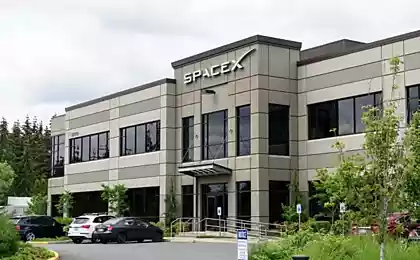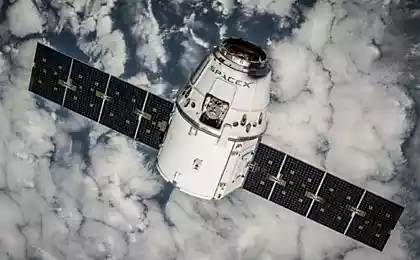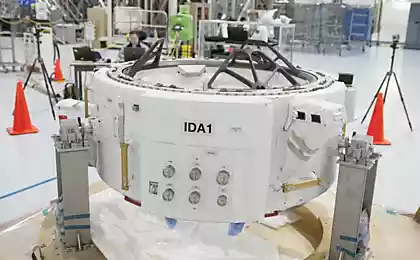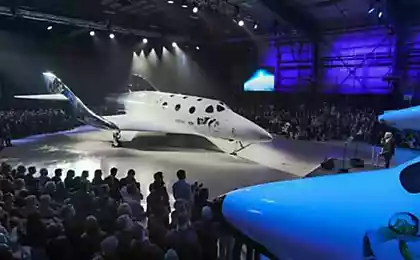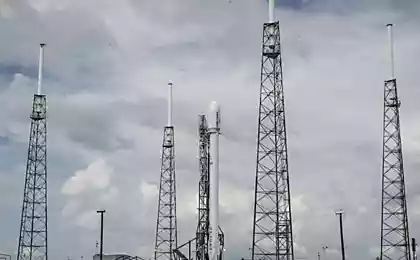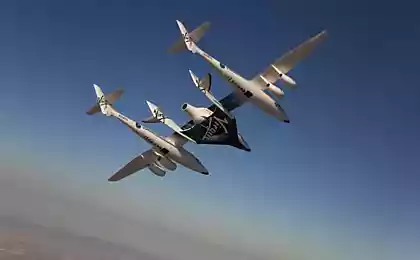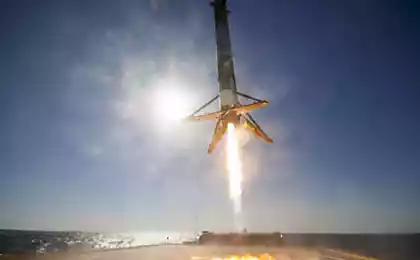1316
Global Wi-Fi is closer than you think

American startup OneWeb ordered 900 satellites for a global space network access to the Internet. Designed these satellites French Airbus, and will launch Roskosmos.
The idea of a global satellite Internet for about a quarter of a century. Today, the dream of global 3G or 4G coverage is experiencing a new birth, and now turns the whole space race between the two technology giants. On the one hand SpaceX and Google, on the other - OneWeb, who created the founders of Virgin Galactic, Qualcomm and O3b.
More recently, it became known that Facebook has left his dreams of space online, to concentrate on developing high-altitude unmanned repeaters.
Satellite systems such as Inmarsat and Iridium appeared in the 90s, and today provide Internet services and telephony. They provide little or global coverage, but not popular. But the high price of space communications has led to the complete victory of the mobile operators. Satellite Internet is now claimed only where there is no cellular towers, and for those who are willing to pay a few dollars per minute.
With satellite internet is one more restriction - response duration. The radio signal travels at the speed of light, but the distance traveled by in space is already causing significant delays, which significantly reduces the attractiveness of the user.
Here it is necessary to clarify that satellites can rotate different orbits : from low Earth (LEO ), height 400-1200 km, to the geostationary (GEO), at an altitude of 36,000 km.
Each orbit has its advantages and disadvantages. Low requires a large number of satellites, as the smaller the height of the lower radius of the area of broadcasting satellite. But the signal delay is small and comparable with terrestrial means of communication. Geostationary - allows a single satellite to broadcast almost an entire hemisphere of the Earth. But with such a communication reaches the second ping - you have to forget about online games and the chatter of Skype.
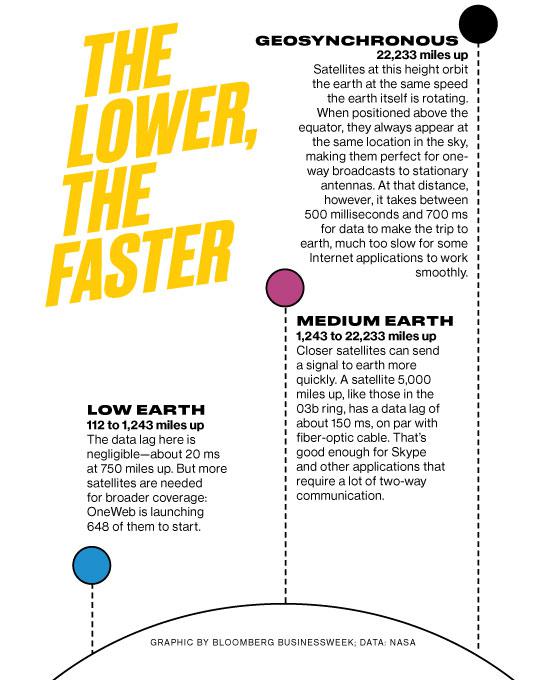
There geostationary satellites is another problem - the closer to the poles of the receiver, the worse the relationship because the satellite is visible near the horizon, and the signal has to pass along the surface of the Earth, which adds to the noise. For a stable connection is necessary to raise the antenna higher.
So, to create a satellite network with the "fast" Internet does not remain nothing more than launch a large flock of devices into low orbit. For example, the Iridium satellites orbit at an altitude of 800 km, grouping them into 70 pieces, each weighing 680 kg and worth $ 5 million. But even if we forget about the price of communications, each satellite of the group is able to support only 1100 connections, ie at the peak of the possibility of Iridium will provide Internet access for about 70 thousand. users.
After the bankruptcy of the first generation of telecommunications companies, a new stage of cosmic connectedness in the 2000s began entrepreneur Greg Wyler.

He decided to give the light of WWW in developing countries, and provide access to a network of three billion people in Africa, Asia and Oceania. For this purpose, established in 2008, has developed a new start-up O3b design spacecraft to orbit an average of 8 thousand km, and boot up.

The project is supported by many companies, including Google. Wyler Company, in the amount received about $ 1, 2 billion investment and seriously set about the task. Two starts, in 2014, eight O3b satellites in orbit height of 8 thousand km. The launches were carried out by Russian rockets "Soyuz-ST-B" with the upper stage "Fregat" two launches from Kourou.
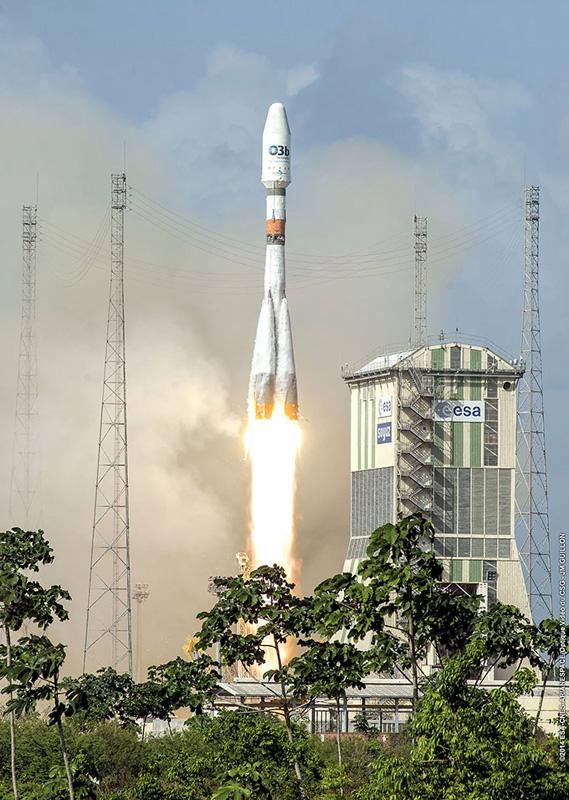
Now the system has been actively exploited in Africa, Pakistan, the Pacific,
However, incomplete coverage does not allow O3b considered fully global system.
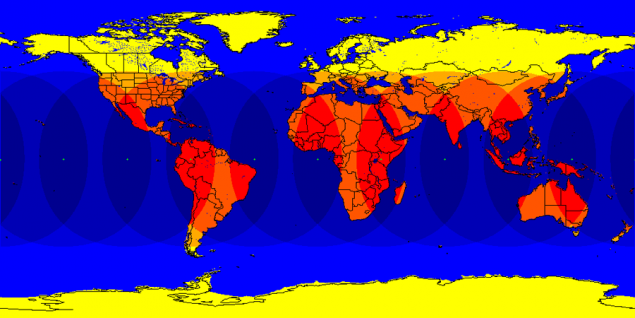
Therefore, Wyler went on to promote the idea of a low-orbit satellite constellation. It he was able to inspire space company SpaceX founder Elon Musk. However, by the end of 2014, Wyler and masks broke into the ideas of the technical implementation of the project. Wyler wanted cheap and small satellites, and mask is also interested in small, but more complex and expensive.
As a result, Wyler could not find any common ground with Google, either by SpaceX, but found new investors. The project is supported by another space Wyler private owner Richard Branson, known for its space-tourism projects.
His company, Virgin Galactic plans to not only launch a suborbital rocket plane excursion Space Ship Three, but also display small satellites rocket Launcher One.
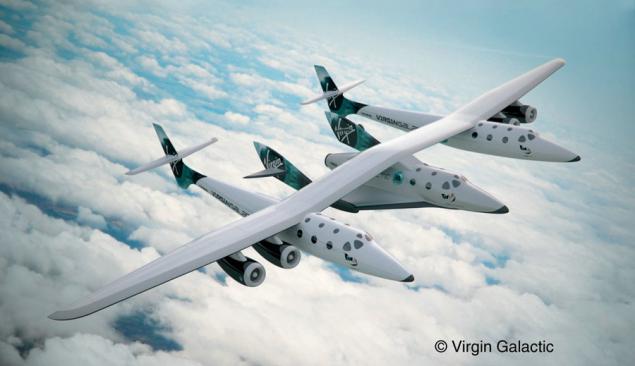
On the side was the Wyler and technology giant Qualcomm - chip maker for smartphones and tablets, and developer of wireless communication systems. Together, the three companies O3b, Virgin and Qualcomm founded the company OneWeb, which was engaged in the implementation of the ambitious project. How much invested company founders are not reported, but in addition they were able to привлечь $ 500 million.
It is assumed that several thousands of small satellite will rotate at a height of 800-950 km. Each satellite will have to weigh about 150 kg, and cost from $ 350 thousand to $ 500 thousand. The total funding would require about $ 3 billion.
The company immediately began to look for the manufacturer, who will be able to build an entire armada of satellites, the first installment - 900 pieces - is about twice the total is now serviceable satellites orbiting the Earth. Last week, a lucky объявлен: French aerospace giant Airbus is to make the first 10 samples at the factory and then the transfer of production is expected in the United States. Grouping in full promise in orbit by 2019.
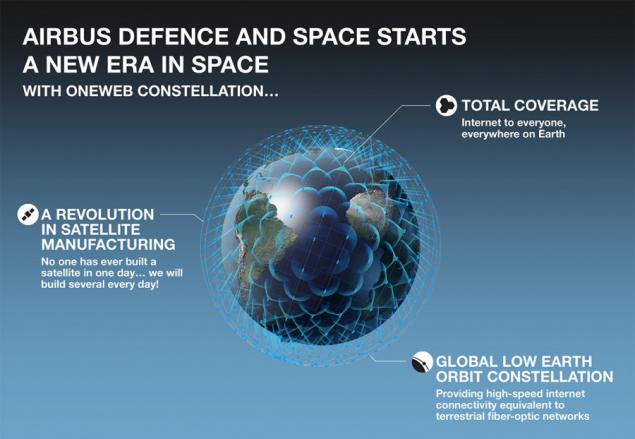
Yesterday Roskosmos boasted , deducing that the group will 21 rocket "Soyuz" and 39 LauncherOne. Apparently, Elon Musk is not entrusted to a matter of principle. Perhaps this could be implemented, and China, but the founders OneWeb already have successful experience of cooperation with the Russian Space Agency. Yes, technically, is not the fact that the Chinese boosters can be compared with the Russian «Frigate» . According to the stories of developers, the upper stage "Fregat" allows you to produce up to 50 inclusions main engine, that is set fifty orbit satellites. While hands-record "Frigate" - 6 pieces, but the launch contract with OneWeb allow to raise the figures to 32.
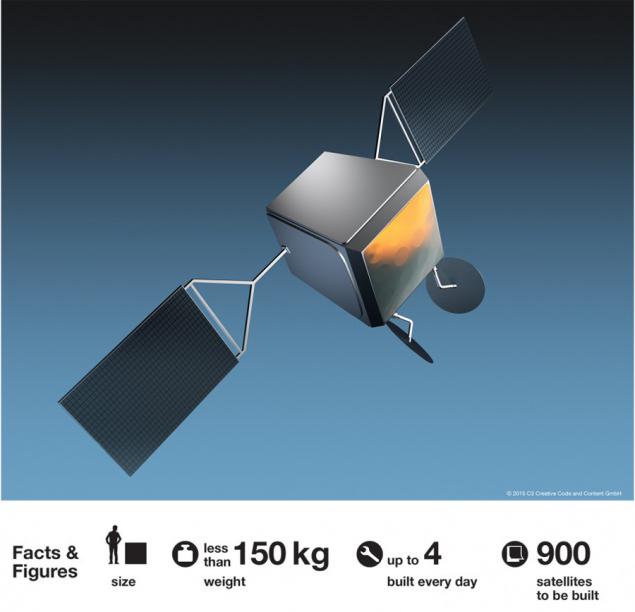
Perhaps in this work would be useful and conversion rocket "Dnepr". Scatter two or three dozens of microsatellites - are they still able to since the days when they were ballistic missiles "Voivod". It is possible that for the same work will connect and lighter version of "Angara", which is now going to replace the conversion "Rokot».
The founder of SpaceX Elon Musk is also planned its space group, with inter-satellite links and repeaters. His designs are very similar to the project OneWeb except that the total cost of the system has $ 10 billion.
The project has already invested $ 1 billion from Google and his friends. Elon Musk opened sputnikostroitelnuyu lab in Seattle, and is serious about the creation of the first prototypes. And the looming prospect of 4000 spacecraft. According to the mask, satellite Internet it needs additional funding for the colonization of Mars, which he conceived. A more prosaic motivation may consist in the fact that the mask work loads raketostroitelnye power of his company SpaceX. With such a mass of non-state order, the mask has an opportunity to test their multiple reusable space-rocket system Falcon-9R, and heavy rocket Falcon Heavy.
Speaking about Russian commercial satellite Internet project, it is worth mentioning a few.
"Dauria Aerospace" is working on the design of micro Pyxis , weighing about 100 kg to run on highly elliptical orbits "Lightning". Four of these satellites is estimated to be able to provide Internet access to 15 thousand people are in the northern polar regions.
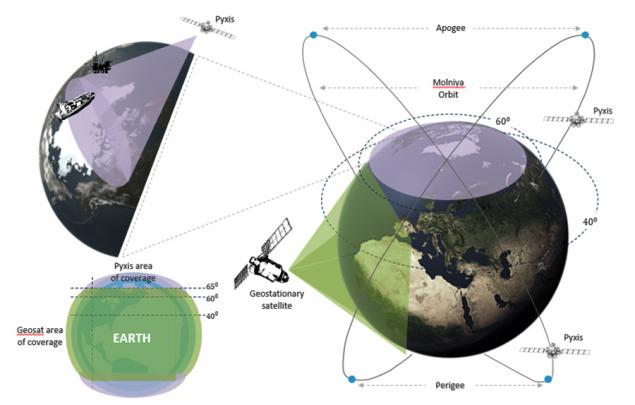
In fact, this project is close to the geostationary technology devices, as the far point in its orbit satellites will be to move away from the Earth at the same 36 thousand km. The problem with a delay due to remain, but the Pyxis can "hang" over the North Pole rather than the equator, and provides connections to all who need it in the Arctic. Now the company is looking for investment for the project.

A more ambitious project at a startup Yalini. Authors of the project are ready to create a global satellite Internet, and now are developing a prototype satellite. Technical details are not disclosed, it is known only that Yalini invested about $ 2 million, which is clearly not enough to seriously compete with OneWeb or Google / SpaceX.
In any case, the implementation of any of these projects could lead to significant changes not only on Earth, but in space. For example, now a significant obstacle to the development of small satellites is difficult data. Micro- and nanosatellites have already reached the level where they can store large amounts of data that are physically unable to transmit to Earth at affordable communication channels. Fix this thing could laser communication, but it prevents the atmosphere and weather.
If it is possible to transfer data directly to the network, it should give a powerful impetus to the development of microsatellites, and create on their basis of different user applications. For example, now the US military going to test a satellite-internet server.
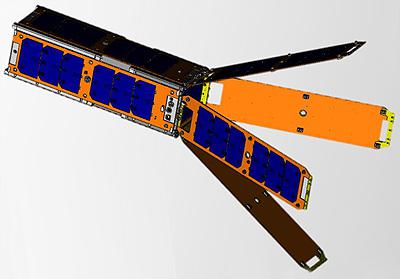
With the global Wi-Fi can be safely deploy server capacity on-orbit - this will protect them from the flooding of the breakout of the aqueduct, power failure or other force majeure "ground" threats. The space will have its problems, but, if desired, and the need to solve them.
Source: geektimes.ru/company/dauria/blog/252566/


